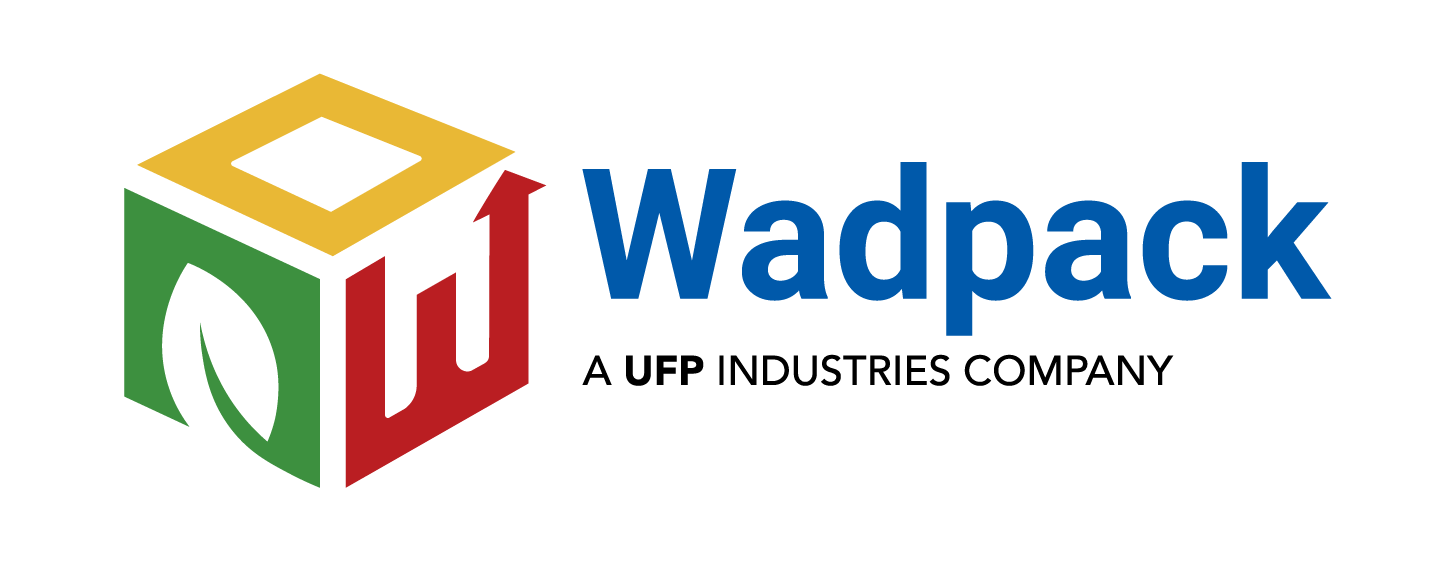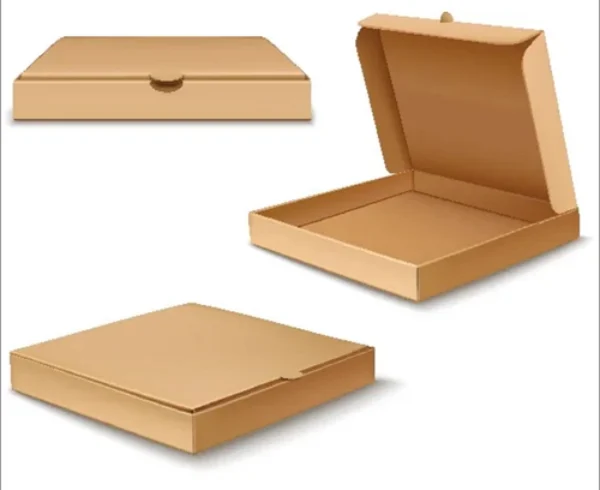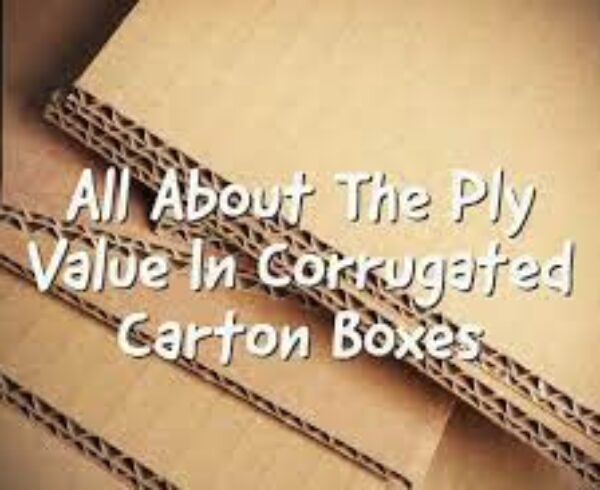Reasons Product Packaging Design Is an Investment, Not an Expense

Product packaging design plays a crucial role in shaping a brand’s identity, attracting consumers, and influencing purchase decisions. While some may perceive it as an expense, successful businesses understand that packaging design is an investment with substantial returns. In this article, we will explore the reasons why product packaging design should be viewed as an investment rather than a mere expense.
Brand Identity and Recognition
One of the primary purposes of product packaging is to establish a brand identity and create recognition in the market. A well-designed and consistently branded package helps consumers identify and differentiate a product from its competitors quickly. This recognition fosters loyalty and trust among customers, leading to repeat purchases and an increased customer lifetime value. By investing in a cohesive packaging design, businesses can solidify their presence in the market and create lasting impressions on consumers.
Differentiation and Competitive Advantage
In today’s saturated marketplace, differentiation is critical for standing out among competitors. Packaging design allows brands to showcase their uniqueness, personality, and values. By investing in innovative packaging, businesses can create a competitive advantage, attract new customers, and potentially charge premium prices for their products. Uniquely designed packaging makes a product memorable and gives it an edge over generic, bland packaging, which often fails to capture consumers’ attention.
Communication of Value Proposition
Effective packaging design is not just aesthetically pleasing; it communicates the product’s value proposition to consumers. The packaging should convey key information about the product, its features, benefits, and usage instructions. When done right, packaging can tell a compelling story about the brand, its mission, and the quality of the product inside. Investing in packaging design that effectively communicates the value proposition can significantly impact consumers’ purchasing decisions and perceptions of the brand.
Enhanced Consumer Experience
Packaging design contributes significantly to the overall consumer experience. It goes beyond protecting the product during transit; it should be designed with usability and convenience in mind. Easy-to-open, resealable, and eco-friendly packaging enhances customer satisfaction and encourages positive word-of-mouth referrals. When consumers have a positive experience with a product’s packaging, they are more likely to develop a favorable opinion of the brand and become repeat customers.
Emotional Connection and Brand Loyalty
Humans are emotional beings, and packaging design has the power to evoke emotions and create a connection with consumers. By investing in packaging that resonates with the target audience on an emotional level, businesses can cultivate brand loyalty and advocacy. Emotionally appealing packaging can trigger positive associations and memories, making consumers more likely to choose the same brand in the future. Such loyal customers can become brand advocates, promoting the product through word-of-mouth and social media, ultimately leading to increased sales and brand awareness.
Adaptability and Innovation
Market trends and consumer preferences are continually evolving. Investing in packaging design allows businesses to adapt to these changes and stay relevant in the industry. Flexible packaging design can accommodate product line extensions, special editions, or seasonal variations without compromising brand consistency. Additionally, embracing innovative packaging materials and design concepts can position a brand as forward-thinking and environmentally conscious, attracting environmentally-aware consumers.
Marketing and Shelf Appeal
Packaging is essentially a 24/7 marketing tool for a product. It serves as a silent salesman on store shelves, competing for consumers’ attention amidst a sea of other products. An eye-catching and visually appealing package can significantly increase a product’s shelf appeal, drawing consumers’ gaze and enticing them to pick it up for a closer look. Well-designed packaging can communicate a sense of quality and luxury, influencing consumer perceptions and purchase decisions.
Cost-Effectiveness in the Long Run
While investing in high-quality packaging design may seem expensive initially, it can prove cost-effective in the long run. Durable and functional packaging reduces the likelihood of product damage during transit, minimizing the need for replacements and refunds. Moreover, a well-designed package that resonates with consumers can boost sales, leading to higher revenue and a positive return on investment.
Regulatory Compliance and Sustainability
Packaging design also plays a vital role in ensuring regulatory compliance, especially concerning product information, warnings, and safety requirements. By investing in accurate and compliant packaging, businesses can avoid costly legal issues and potential reputational damage. Additionally, investing in sustainable packaging solutions demonstrates corporate responsibility and resonates with environmentally-conscious consumers, further enhancing brand loyalty.
Conclusion
In conclusion, product packaging design is not just an expense but a strategic investment that yields substantial returns for businesses. From building brand identity and recognition to creating differentiation and competitive advantage, packaging design influences consumer perceptions and purchase decisions. An emotionally appealing package enhances the overall consumer experience and fosters brand loyalty. Moreover, adaptable and innovative packaging allows businesses to stay relevant in a dynamic marketplace. By recognizing the significance of packaging design as an investment, businesses can unlock its true potential and drive long-term success in their respective industries.




Leave a Comment